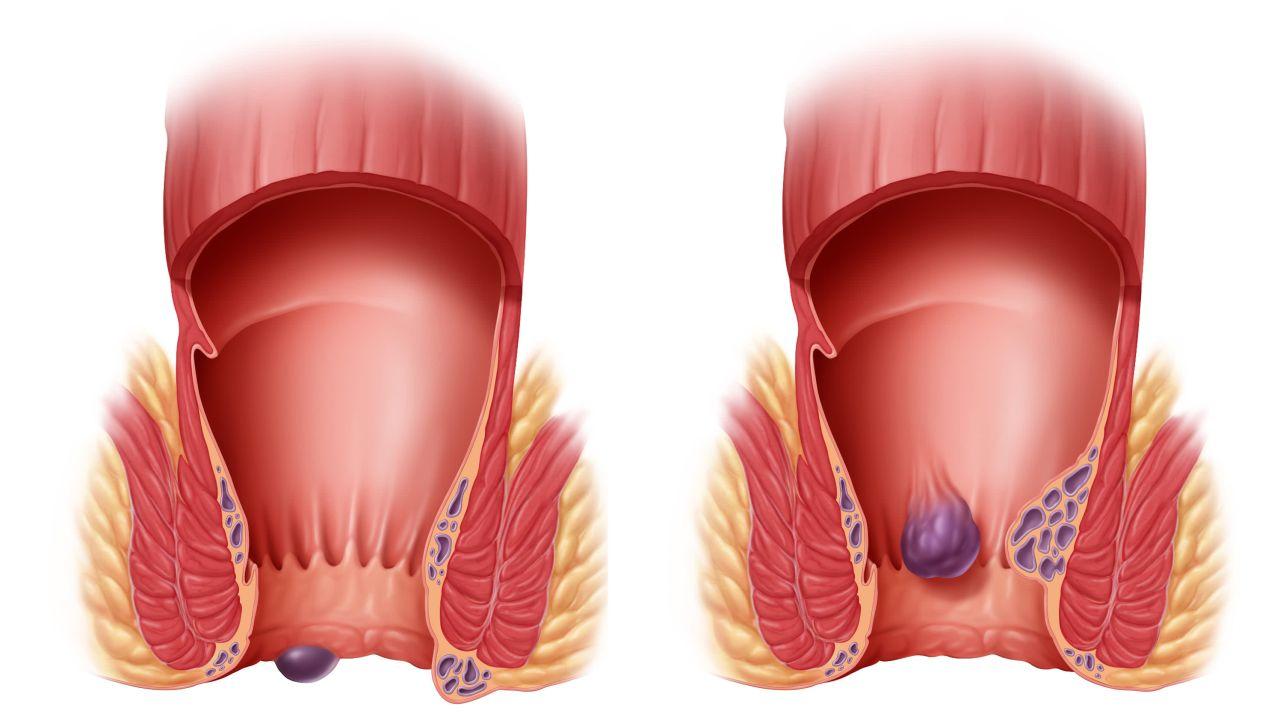The following article was written by the website where students may pay for powerpoint presentations
Hemorrhoids present the most common impairments of the rectum. They present an increase in the volume of cavernous bodies of the latter because of varicose veins. Due to the violation of the venous outflow of blood, hemorrhoids are developed. In addition, rectal problems involve anal fissure, fistula, and abscess. Chronic hemorrhoids present a considerable healthcare issue because they are ones of the most common human diseases.
Subjective symptoms of hemorrhoids are connected with vascular dysfunction, affecting the blood flow through cochlear arteries and outflow through veins. In most cases, hemorrhoids begin unnoticed. For some time, people may feel the sense of heaviness and slight discomfort in the anus (Nall, 2018). The main symptoms of chronic hemorrhoids are the loss or protrusion of a dense, diseased node from the anus during exacerbations, pinching of nodes, and signs of acute inflammation (Nall, 2018). In addition, rectal bleeding with scarlet blood is a very common symptom of hemorrhoids. These ulcers are usually associated with the act of defecation and are accompanied by the feeling of fullness in the rectum.
Objective symptoms of hemorrhoids are scarce. An objective examination of the patient usually begins with an examination of the anal region and reveals improved, collapsed or compacted, and inflamed hemorrhoids. The evidence shows that during the finger study of the anal region, it is possible to determine hemorrhoid nodes, which become dense and sharply painful in the period of exacerbation (Yang, 2014). With a long-term existing hemorrhoid, the tone of the switching apparatus of the rectum is reduced, which further contributes to the protrusion and prolapse of nodes and the mucous membrane, which become constant even in case of small physical load, upright position of the patient, or walking (Nall, 2018). Along with a digital examination, sigmoidoscopy is necessary to evaluate forms and stages of the pathological process and exclude other diseases of the rectum.
Comparing hemorrhoids with anal fistula, the latter has an undulating course. Exacerbation occurs in case of the blockage of the fistulous tract by granulation tissue and a purulent-necrotic mass (Klein, 2014). In case of anal fistula, the patient notices the presence of a wound on the skin of the perianal area. Unlike hemorrhoid nodes, anal fistula results in a noticeable external opening on the skin of the perianal region, upon pressing which, mucus and pus are released. However, chronic hemorrhoids are accompanied with bleeding.
Comparing hemorrhoids with anal fissure, despite the similarity of symptoms, characteristics and causes of their occurrence are different. Hemorrhoids are a disease of vessels of the rectum, whereby they increase until prolapse (Gaj, Biviano, Candeloro, & Andreuccetti, 2017). An anal fissure affects the mucous membrane of the external part of the anal canal. As a rule, it is formed on the border of the skin and the mucous membrane. The fissure of the anus can be an independent disease or a complication of hemorrhoids (Gaj et al., 2017). Its most common cause is a mechanical trauma due to the passage of dense stool during defecation.
Comparing hemorrhoids with an anal abscess, the latter is a purulent inflammation of tissues surrounding the rectum that may be a result of hemorrhoids and anal fissures. Typically, it arises with the rapid penetration of the infection into the perirectal intestinal cell space (Sands, 2015). Symptoms of an anal abscess are sharp pain that increases when sitting, walking, coughing, and so on. In addition, patients suffer from skin irritation, redness, swelling, and tenderness around the anus. Usually, anal abscesses are easily detected through palpation.
Thus, chronic hemorrhoids are one of the most common human diseases. Therefore, they are of the greatest healthcare concerns. In addition, such conditions as anal fistula, fissure, and abscess are diseases of the rectum. Although they have similar symptoms with hemorrhoids, causes of their occurrence are different. However, all these conditions are painful and cause discomfort to the area of the anus.
